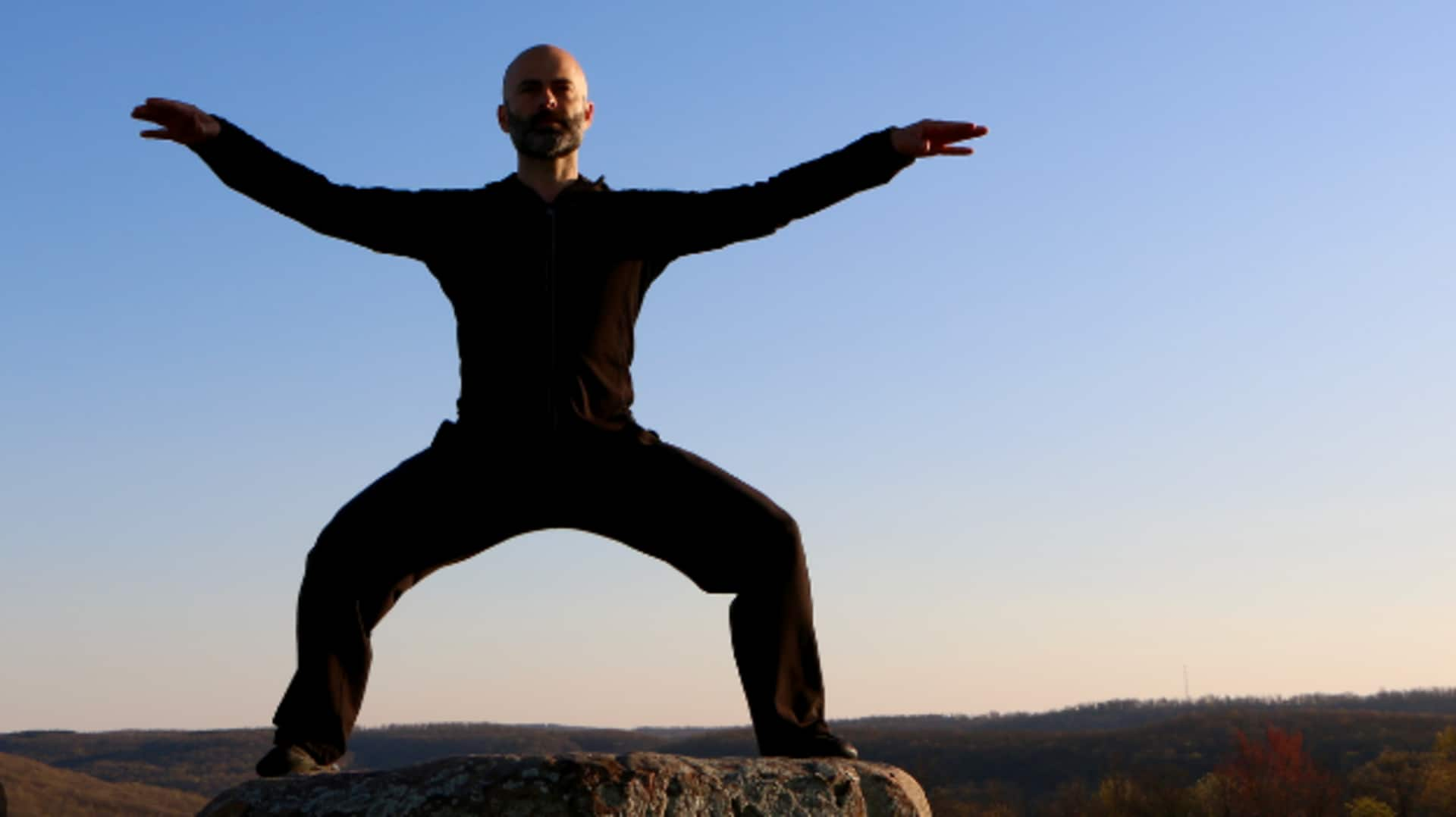
Qigong: Embracing wellness with this centuries-old exercise
What's the story
Qigong, a centuries-old Chinese exercise and healing technique, harmoniously blends meditation, controlled breathing, and movement exercises. Dating back thousands of years, it provides a holistic approach to improving mental and physical well-being. This blog post explores the transformative benefits of incorporating Qigong into your daily routine, emphasizing its potential to rejuvenate your overall wellness.
#1
Boosting energy levels naturally
Qigong exercises are specifically designed to cultivate and enhance the body's vital energy, or Qi. By executing slow, intentional movements in conjunction with deep, meditative breathing techniques, practitioners can optimize their Qi flow, thereby fostering a sense of vitality and balanced energy. This practice not only bolsters stamina but also mitigates feelings of fatigue, making it an ideal choice for individuals seeking a natural, holistic approach to energy enhancement.
#2
Enhancing mental clarity and focus
The meditative component of Qigong is key to improving mental clarity and focus. By combining gentle movements with concentrated breathing techniques, Qigong fosters a state of mindfulness, allowing you to sweep away the cobwebs of distraction and stress. With consistent practice, you can achieve heightened focus and a tranquil mind - a significant advantage in both personal and professional spheres.
#3
Strengthening immune system
Qigong is also praised for its ability to strengthen the immune system. The gentle movements of Qigong promote the healthy flow of lymph, a crucial component of the body's defense system against illness. And, by reducing stress, it further fortifies your immunity by decreasing cortisol levels in the body. Adding Qigong to your wellness routine can be a positive step in supporting overall health.
#4
Improving flexibility and balance
Despite its gentle nature, Qigong significantly enhances flexibility and balance. Its flowing movements allow for a full range of motion in the joints while simultaneously fortifying the surrounding muscles. This not only contributes to improved overall mobility but also reduces the risk of injuries by fostering better balance and coordination.